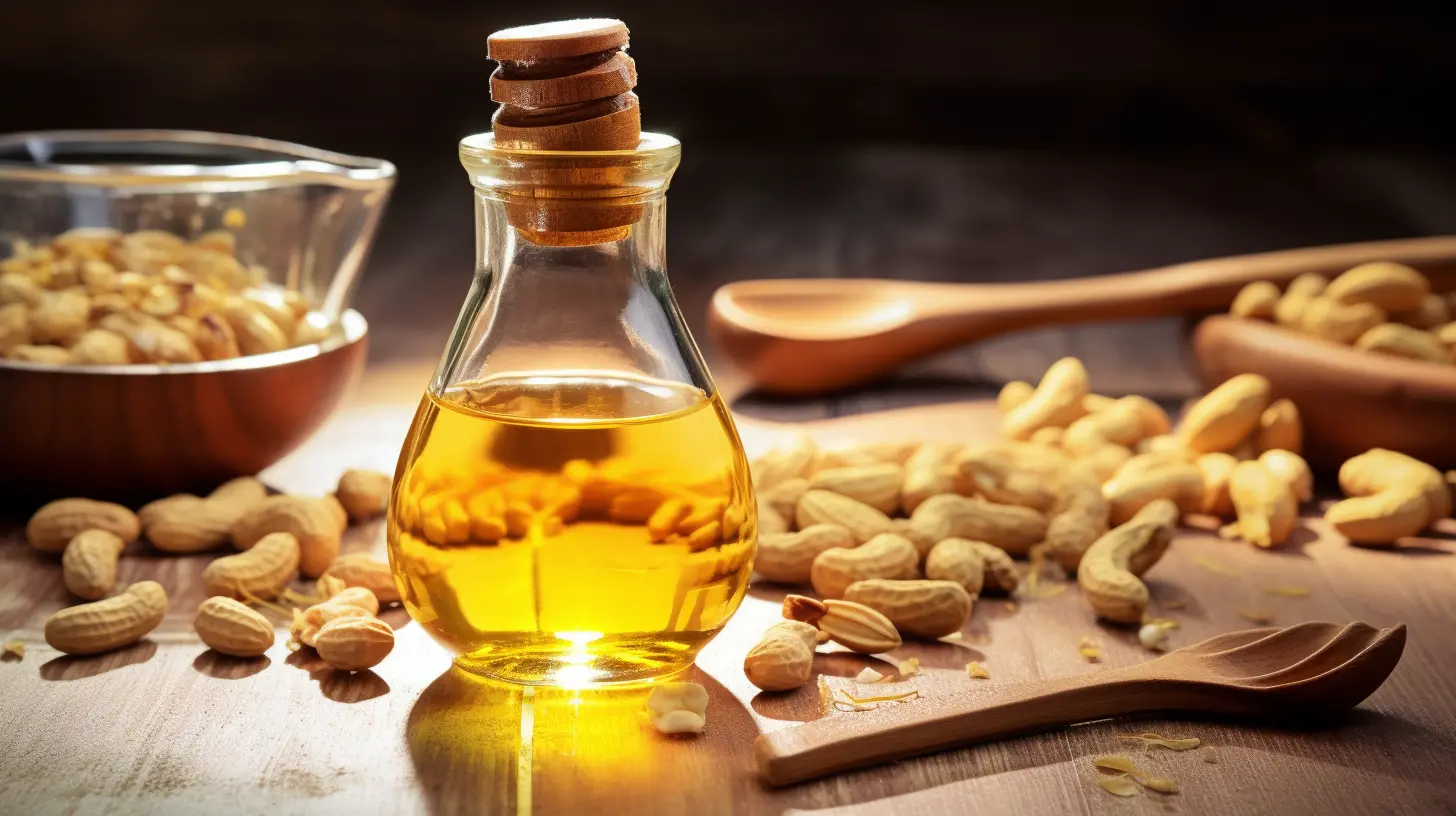
Have you ever wondered how high - quality peanut oil is produced? The journey from raw peanuts to the golden, fragrant oil on your kitchen shelf is a fascinating one. Let's embark on this exploration to uncover the secrets behind well - known peanut oil brands.
The process begins with shelling the peanuts. Specialized cleaning machines play a crucial role here. These machines can remove impurities and separate the peanuts from their shells efficiently. According to industry data, using advanced cleaning machines can increase the oil yield by up to 5% and boost production efficiency by 30%. This means more oil can be extracted from the same amount of peanuts, saving both time and resources.

There are two main methods of extracting peanut oil: hot - pressing and cold - pressing. Hot - pressing involves heating the peanuts before extraction. This method usually results in a higher oil yield, around 40% - 45%. The oil produced has a stronger aroma and a deeper color. The leftover oil cake can be used as high - quality animal feed. On the other hand, cold - pressing is done at lower temperatures, preserving more of the natural nutrients in the oil. However, the oil yield is relatively lower, about 30% - 35%. The oil has a lighter flavor and is often preferred by health - conscious consumers. A well - known brand, ABC Peanut Oil, has successfully captured different market segments by offering both hot - pressed and cold - pressed products.
For those who love the rich, fragrant aroma of peanut oil, baking temperature is the key. The ideal baking temperature for peanuts to produce a deliciously scented oil ranges from 120°C to 150°C. At this temperature, the peanuts develop a perfect balance of flavor and aroma. After baking, the peanuts need to be cooled down gradually to lock in the flavor. This process requires precise control to ensure the highest quality of the oil.

After baking, the peanuts are crushed. This step is essential as it breaks down the cell structure of the peanuts, making it easier to extract the oil. The crushing process can increase the oil yield by an additional 3% - 5%. Moreover, the peanut skins that are separated during this process can be used in the production of natural pigments or as an ingredient in some health foods.
Once the peanuts are crushed, they are ready for oil extraction. There are different types of oil presses available, such as screw presses. These machines can extract the oil efficiently. After extraction, the oil cake can be further processed. It can be used as organic fertilizer or as a raw material for the production of protein - rich products.

Refining is an important step in the production of high - quality peanut oil. It removes impurities, free fatty acids, and unpleasant odors from the crude oil. This process ensures that the oil has a longer shelf - life and meets the strict quality standards required for both domestic and international markets.
The global demand for high - quality peanut oil is on the rise. With the right production process and quality control, there are significant export opportunities. Many countries are looking for reliable suppliers of pure and healthy peanut oil. By understanding the production process, investors can seize these opportunities and achieve profitability.
For consumers, knowing the production process of peanut oil can make them more confident in their product choices. They can be assured that they are getting a high - quality, safe, and delicious product. Brands that focus on quality and innovation are always committed to providing the best for their customers. So, whether you are a consumer or an investor, there is a lot to gain from exploring the world of peanut oil production.

